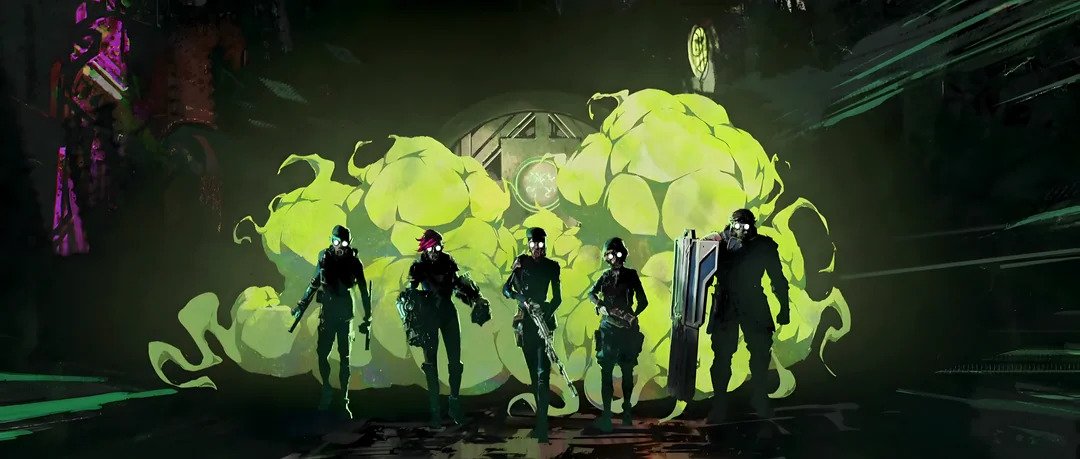16 weeks remain.
Unfortuntely, I had to take a bit of a hiatus the past few weeks due to rising work obligations, but I do have a few updates on the project.
First, the handheld smoke grenade is no longer in consideration. After doing some research, I could not find any non-oil based portable smoke machines. My assumption is that oil-based fog takes considerably less energy to vaporize compared to a mostly glycerol based solution, and my concern is that by moving forward with an oil-based fog, the oil will infuse into the silks. I do not wish to take that risk, so instead of a fog grenade, my duet partner and I will just enter the scene with a fog machine.
I have made some progress with concepting the curtain drop mechanism, but have not designed any models yet. My plan on how to mount the mechanism has also changed, as I will be using compatible clamps from Global Truss. These clamps are specifically designed for use with the truss system at the studio.
I have made significant progress on the tumbler, though, and am now in the process of printing the prototype design and ordering parts. One of the design challenges with the tumbler is that it is mostly 3D-printed. The additive manufacturing means that I need to be cognizant of which axis the parts will print on, and that the axis I choose has no significant overhangs that would cause stringing or poor layering. While supports can be printed to support overhangs, they don’t usually lead to clean prints for large surfaces and they take up additional time and material. In addition, the maximum dimensions my hobby 3D printer can support are 256cm x 256cm x 256 cm, which means for my confetti tumbler to span the length of a human, I need to design the sifter to be connectable in series.
Below is the current concept. Each sifter section is approximately the full 10cm height. To connect the sections together, I have designed a collar piece that will bolt to either end of the sifter. This collar piece also connects to the axle to ensure there is no droop between sifter sections as the length of the tumbler increases. This brought on the design challenged mentioned before - since the spokes are in the middle of the print, I would need a shelf of supports if I wanted to make the collar from one piece. Instead, I designed the collar to be one part that can mirror against itself, ensuring that the spokes always print on the bottom layer. Not shown in the image are the cap pieces I made, which are similar to the collar piece but with a solid side to ensure no confetti spills out from the side of the tumbler.
Another design element is the hinged opening. This will allow me to refill the tumbler without disassembling it.
What I still have to design is the mounting assembly for the truss, the motor and pulley assembly, and the electrical box and connections. I am also designing a tray that will fit under the hinged opening - this will hold the confetti first before falling on the sifter. The reason for this tray is that our act will be the last to go, and the trusses will be vibrating and shaking for each performance prior. The motion will cause the confetti to natural shift in the tumbler, and there is a chance some of it will fall through the sifting holes before the performance. The tray will, hopefully, maintain an element of surprise until our performance.
The delay has removed a large chunk of design opportunity, which shortens the timelines as follows:
The confetti tumbler needs to be fully designed by July 26th
The curtain drop mechanism needs to be fully designed by September 6th
Both mechanisms need to be tested by early October.
The cosplay props will only have roughly 7 weeks of time to design, print, and paint. Fortunately, with the popularity of arcane, it shouldn’t be too difficult to find accurate 3D models of the props.
The backdrop needs to be sewn and painted by early October.
All of the above is still doable. The project is still green and good to go!


